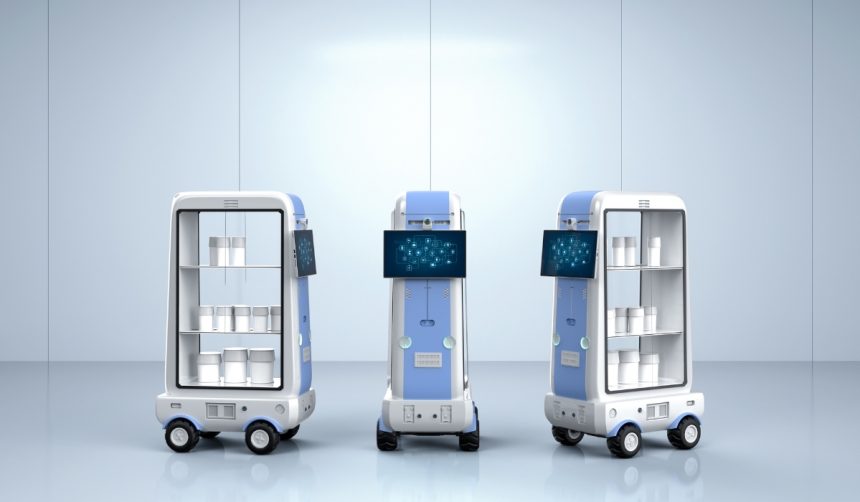SEER Robotics has introduced its M4 Smart Logistics Management System, featuring the RDS Fleet Management System, designed to streamline production and logistics across various industrial settings. As automation becomes more integral to Industry 4.0, the company’s latest innovation addresses critical challenges in multi-machine collaboration and resource allocation. By integrating advanced scheduling capabilities, SEER Robotics aims to optimize efficiency and operational performance for large-scale manufacturing and logistics operations.
SEER Robotics’ RDS Fleet Management System builds upon previous automated transportation solutions by expanding capabilities to multi-floor and cross-regional operations. Unlike earlier versions that primarily focused on single-level facilities, the new system incorporates dynamic global planning and pre-loading modes, enhancing its ability to manage complex logistical challenges more effectively.
RDS Enables Cross-Floor, Cross-Region Collaboration
In expansive factories, tasks often span multiple floors and areas, necessitating seamless integration with elevators, automated doors, and other smart infrastructure. SEER Robotics highlighted that its RDS system functions as a “central neural network” by connecting with enterprise-level business software like manufacturing execution systems (MES) to facilitate data sharing and task distribution.
Case Study: Zhejiang Tailin Bioengineering
Zhejiang Tailin Bioengineering utilizes the RDS system integrated with its MES, allowing for automatic task allocation and robot execution.
“During cross-floor transportation, the system dynamically synchronizes elevator schedules with robot routes, ensuring smooth task transitions,”
the company noted.
Dynamic Global Planning Resolves Congestion
Environments with narrow aisles or operations involving human-robot collaboration often face path conflicts and congestion. The RDS system employs dynamic global planning to assess real-time robot positions, task priorities, and environmental changes, optimizing multi-robot pathfinding and traffic management to avoid deadlocks.
Case Study: WINFAT Holdings
At WINFAT Holdings Ltd., the RDS system coordinated 44 intelligent forklifts, effectively resolving path conflicts during peak operations. By dynamically adjusting routes and prioritizing tasks, the company achieved
“100% accuracy in human-robot collaboration and a 300% boost in overall production efficiency.”
Pre-Loading Mode Eliminates Empty Runs
Empty runs by robots are a notable source of resource wastage in logistics operations. The RDS system introduces “ride-sharing” and “pre-loading” modes using global task-allocation algorithms. These modes assign new tasks to robots nearing completion and direct multi-warehouse robots to collect goods from the nearest locations, thereby minimizing idle transit and improving warehouse efficiency.
Case Study: Chinawrr Automated Pallet Warehouse
Leveraging real-time data from the RDS system, Chinawrr’s warehouse dynamically adjusts inbound and outbound task allocation, accomplishing a throughput of 290 pallets per hour and a 20% rise in storage efficiency, with empty runs reduced below 5%.
“Our operations have become significantly more efficient thanks to SEER Robotics’ RDS solutions,”
a Chinawrr spokesperson stated.
SEER Robotics’ RDS Fleet Management System demonstrates a robust approach to addressing the complexities of modern industrial logistics. By integrating advanced scheduling, real-time data analysis, and adaptive task allocation, the system enhances operational efficiency across multiple scenarios. As industries continue to embrace automation and IoT technologies, solutions like RDS are pivotal in optimizing resource utilization and streamlining collaborative processes, potentially setting new standards for fleet management in various sectors.










